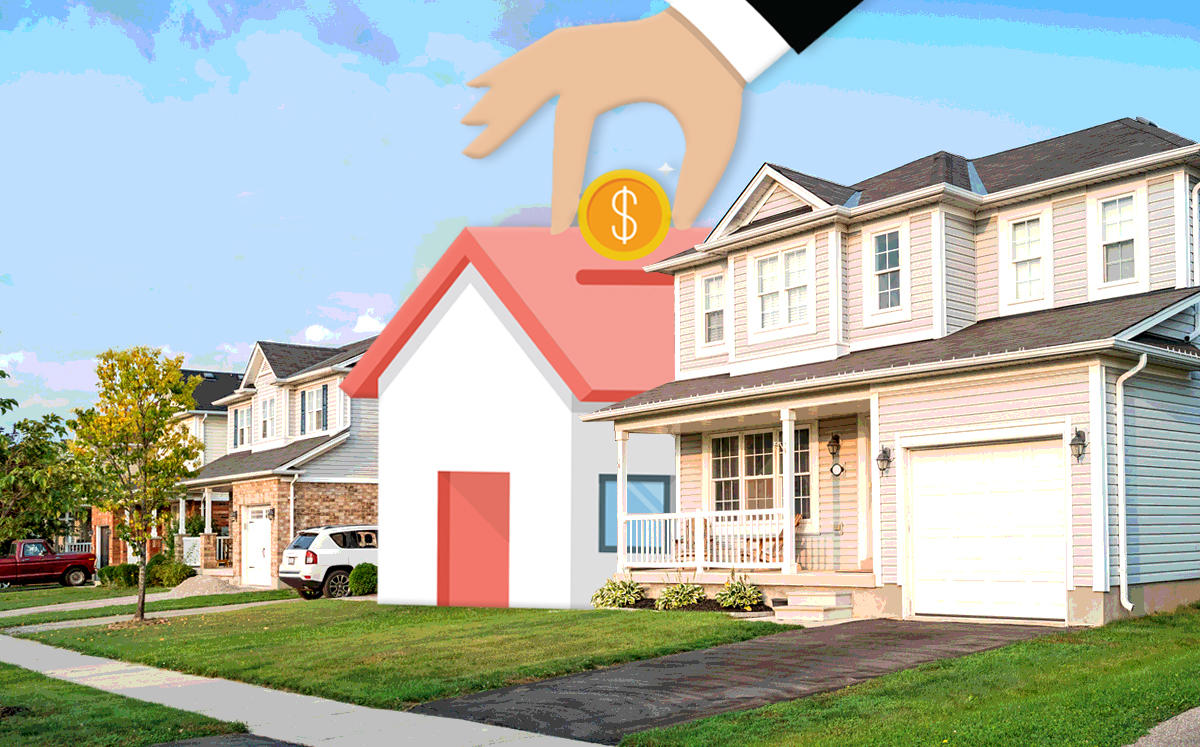American homeowners are doing something surprising: Despite record amounts of home equity available to them — an estimated $1.5 trillion worth — they are tapping into it less via home-equity credit lines (HELOCs) and cash-out refinancings.
The big question is why. Are people simply getting more frugal? Or are other forces at work? Economists who specialize in housing aren’t totally sure, but everyone agrees: Homeowner behavior has changed from previous years.
Cash-out refinancings use the home’s increased equity as collateral to extract money. After the refinancing, the borrower has a new loan, but with a larger amount of debt on the house. HELOCs leave the owner’s existing mortgage intact but add a second mortgage that takes the form of a line of credit, allowing the owner to withdraw funds whenever desired.
Both forms of equity extraction have been popular for decades and hit historic highs during the housing boom years a decade ago. Recently, however, activity has declined.
Consider:
— In the final quarter of last year, the lowest share of available equity was withdrawn since 2012, according to Black Knight Inc., a data and analytics company that tracks the mortgage industry. HELOC withdrawals were down 10% compared with the same period the year before, hitting the lowest level in nearly four years, while cash-out refinancings were down 21% year-over-year. Based on a benchmark in 2017, Black Knight estimates that more than 600,000 homeowners may have chosen not to tap their equity last year — 300,000 potential HELOC borrowers and 330,000 cash-out refinancers.
— The volume of cash-out refinancings “remains much lower than in the previous decade,” according to mortgage investor Freddie Mac. Adjusted for inflation in 2018 dollars, an estimated $14.8 billion in net equity was cashed-out during the final quarter of last year, down from $20.4 billion a year earlier and dramatically below the $104.8 billion in the second quarter of 2006, near the peak of the boom.
What’s contributing to these declines? Interest-rate movements for sure. Rate swings can discourage owners from tapping into their equity. For example, if you have a fixed-rate mortgage at 3.5 percent, you might think twice about giving it up for a cash-out refi that puts you into a new 30-year mortgage with a fixed rate of 4.5 percent or more. HELOC rates also increase when short-term rates rise, discouraging potential borrowers. Recent tax-law changes limiting deductions on HELOC interest payments could be depressing activity as well.
But some economists argue that interest rates alone aren’t driving the recent downtrend in home-equity borrowings. Sam Khater, chief economist of Freddie Mac, believes that significant numbers of owners are shying away from loading on debt because of what they saw or experienced during the Great Recession.
“I think it’s the legacy and the impacts” of the recession “that are still fresh in many people’s minds.” They have “fundamentally changed” attitudes about the debt loads on their homes, he told me. “It’s a scarring effect,” he said, and it’s making many Americans “much more conservative” about tapping into their equity. Millions of owners who had taken out HELOCs during the boom — leveraging their equity to the hilt — ultimately lost their homes in the crash that began in December 2007. Many still have not recovered; others find themselves underwater with no or minimal equity as the result of piling on too much debt immediately before home values plunged. From both a societal and economic perspective, the downtrend in equity borrowings “is good news,” said Khater, “because we have a much bigger cushion” in the event of another financial crisis.
Another factor: Since the crash, banks have become much pickier about who qualifies for equity products and who doesn’t. During the boom years, lenders allowed just about anybody to tap into their equity, even if they had poor credit histories. Today, by comparison, borrowers generally need high credit scores and significant equity to get HELOCs, and that excludes large numbers of potential applicants and lowers total volumes. “It’s a market mismatch,” says Tendayi Kapfidze, chief economist for Lending Tree, an online mortgage platform. People who might be eager to borrow against their equity — but don’t have the credit to qualify — are now essentially cut off from HELOCs.
Still another force at work, according to Kapfidze: People who can’t qualify for HELOCs may be turning to the burgeoning market in personal loans, which are primarily marketed by non-bank lenders. A notable drawback: Personal loans are not secured by home equity so their rates can be high, ranging from 5 percent to more than 35 percent. Ouch!
